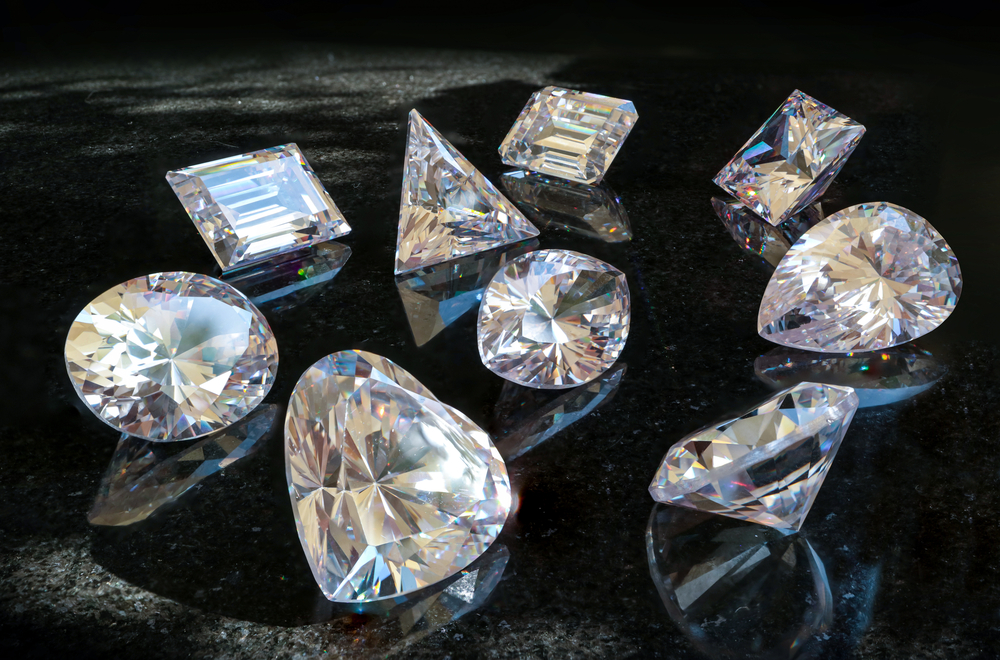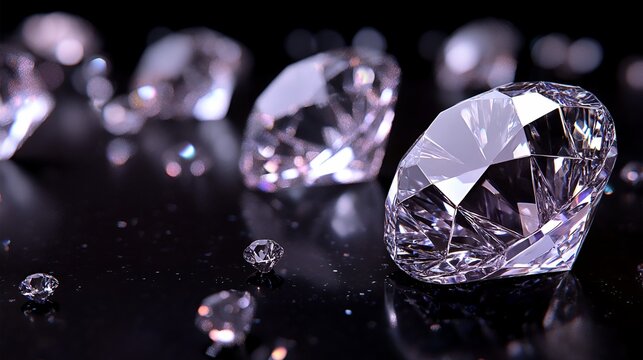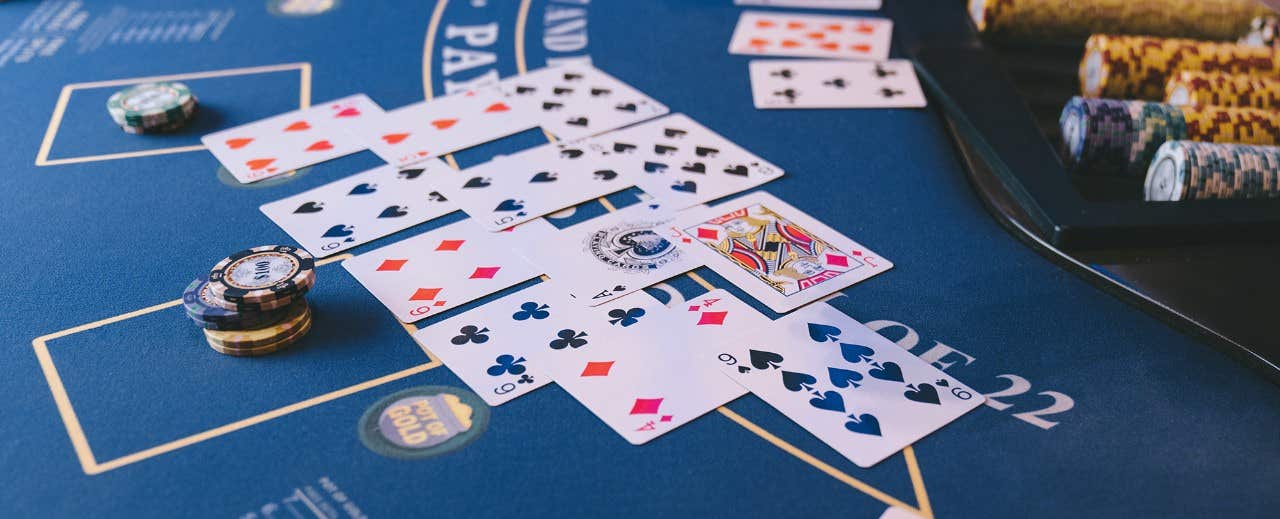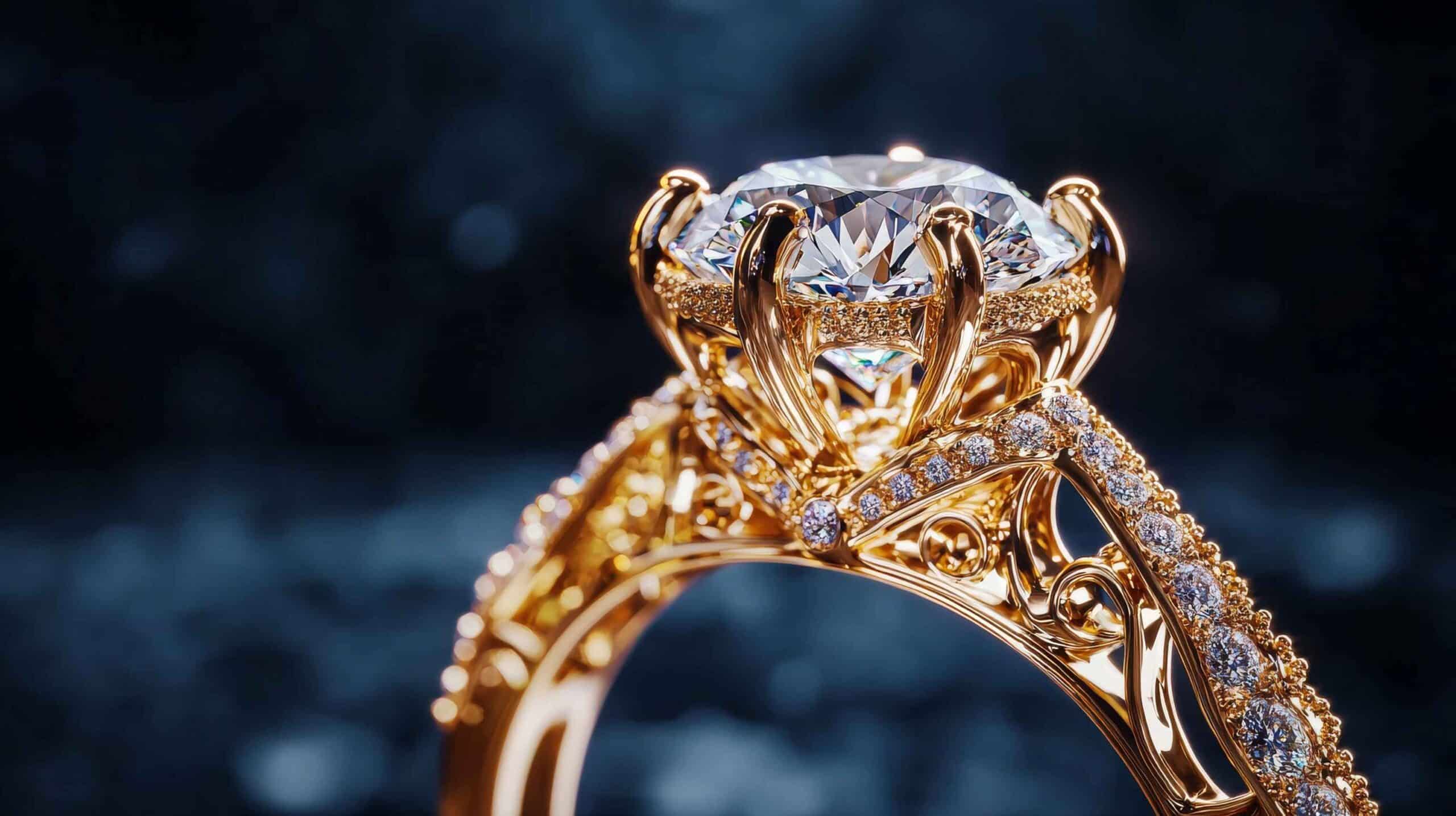Understanding Diamond Cuts in Lab Made Diamonds

Diamonds are prized for their beauty, and among the four Cs—cut, clarity, color, and carat—cut is often considered the most crucial when it comes to a diamond’s visual impact. For lab made diamonds, this importance is just as significant. Many consumers find themselves weighing the difference between a “good” cut and a “very good” cut, especially when trying to balance budget and brilliance. In this article, we delve into the topic of diamond cut good vs very good, lab made diamonds to help you make an informed decision.
What Does Diamond Cut Really Mean?
The term “cut” refers not to the diamond’s shape—such as round, princess, or cushion—but rather to how well the diamond’s facets interact with light. A well-cut diamond will reflect and refract light beautifully, giving it that trademark sparkle. Conversely, a poorly cut diamond can appear dull, even if it has high clarity and color grades.
In both natural and lab made diamonds, cut is graded by laboratories like the GIA (Gemological Institute of America) or IGI (International Gemological Institute). These grades range from Poor to Excellent. The distinction between a Good and a Very Good cut might seem minor on paper, but in reality, it can have a noticeable effect on the diamond’s appearance and performance.
Diamond Cut Good vs Very Good: The Subtle But Impactful Differences
When exploring diamond cut good vs very good, lab made diamonds, it’s important to understand what sets these two grades apart.
A Good cut diamond reflects most of the light that enters it, offering decent brilliance and fire. These diamonds are often slightly off in proportions—perhaps the depth is a bit too deep or too shallow—which can slightly reduce the amount of light return. Good cut diamonds are more affordable and can still be beautiful, but they may lack that extra sparkle that makes a diamond truly eye-catching.
On the other hand, a Very Good cut diamond reflects almost as much light as an Excellent cut. It has optimal proportions and symmetry, and any light leakage is minimal. Visually, a Very Good cut diamond offers more brilliance, especially under different lighting conditions. If you compare the two side by side, the Very Good cut will often appear more lively and vibrant.
For instance, consider a lab grown round diamond with a carat weight of 1.00. If the Good cut costs $1,200 and the Very Good cut costs $1,400, you’re paying a 16% premium for better brilliance and symmetry. Depending on your priorities—budget vs sparkle—this difference might be well worth it.
The Role of Cut in Lab Made Diamonds
Lab made diamonds are chemically and physically identical to mined diamonds. However, they offer more affordability and are a sustainable choice. Because of their price advantage, many buyers use the savings to opt for higher cut grades than they might afford in a natural diamond.
In the debate of diamond cut good vs very good, lab made diamonds, this becomes especially relevant. With lab made diamonds being approximately 30-40% cheaper than natural counterparts, upgrading from a Good to a Very Good cut is often a smart move that doesn’t strain the budget.
Studies have shown that consumers are more likely to notice differences in diamond cut than color or clarity when the stone is viewed with the naked eye. A report by the American Gem Society highlights how cut has the most influence on a diamond’s beauty, making it a priority even in lab made options.
Choosing Between Good and Very Good Cut: What Matters Most?
The decision between a Good and Very Good cut comes down to your personal preferences and intended use. If the diamond is going into a setting that enhances brilliance—such as a halo or pavé band—you might find that a Good cut suffices. However, for solitaires or minimalist settings where the stone takes center stage, the enhanced brilliance of a Very Good cut becomes more apparent.
Let’s take a real-world example. Sarah, a bride-to-be from Chicago, opted for a 1.5-carat lab made diamond engagement ring. Her jeweler offered her a choice: a Good cut for $2,000 or a Very Good cut for $2,350. After comparing both stones in person, she chose the Very Good cut, noting how it seemed to “dance” more in the light. She later reflected that the extra $350 was a small price to pay for a lifetime of sparkle.
How Retailers Influence the Cut Grade Decision
One factor that complicates the diamond cut good vs very good, lab made diamonds comparison is that not all retailers grade cuts the same way. Some may round up a borderline Good cut to Very Good, or apply proprietary grading scales. It’s crucial to review the diamond’s certificate and, if possible, view the stone under proper lighting.
Reputable online retailers often provide 360-degree videos and high-resolution images, allowing you to compare the visual performance of different cut grades. These tools are particularly helpful when you can’t view the diamond in person.
Final Thoughts: Is the Upgrade Worth It?
Ultimately, when weighing diamond cut good vs very good, lab made diamonds, it’s a matter of budget, priorities, and visual preference. The price difference between the two is often marginal in the context of lab made diamonds, but the payoff in brilliance and overall beauty can be substantial.
If you’re shopping for an engagement ring or a statement piece, investing in a Very Good cut is likely to yield more satisfaction over time. However, if you’re on a tight budget or prioritizing carat weight and still want a decent level of sparkle, a Good cut can offer great value—especially when paired with a thoughtful setting.
Diamonds are not just about size or color—they’re about the fire, sparkle, and life that make them captivating. And in the world of lab made diamonds, where value and ethics align, choosing the right cut ensures you don’t compromise on beauty.








